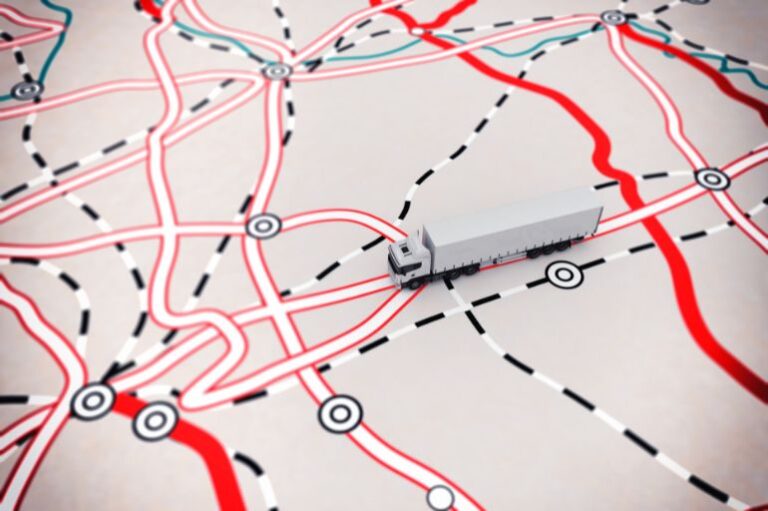Telematics has revolutionised fleet management, offering unprecedented insights into vehicle performance, driver behaviour, and operational efficiency. Yet, despite its vast capabilities, many organisations are only scratching the surface—using just 10-15% of what their telematics systems can actually do.
Why? The reasons often come down to outdated technology and a lack of understanding of the system’s full potential.
Stuck in the Past: Tracking Dots on a Map
Many fleets still rely on older telematics systems designed primarily for simple vehicle tracking. These systems focus on showing the location of trucks—essentially dots on a map—without offering deeper insights into vehicle health, driver performance, or operational inefficiencies.
“We see fleets using telematics just to see where their trucks are, but that’s only a fraction of what these systems can do,” says Andrew Hintz, AVP Heavy Transport APAC Region at Geotab. “Modern telematics can monitor everything from engine diagnostics to driver fatigue, but many operators aren’t taking advantage of these features.”
The Knowledge Gap: Underutilised Tools and Missed Savings
Another common challenge is the knowledge gap. Many fleet operators haven’t invested the time to fully understand their telematics platforms or the data they provide. As a result, they miss out on opportunities to improve efficiency, reduce costs, and enhance safety.
“It’s frustrating to see companies paying for powerful telematics systems but only using a small portion of their capabilities,” Andrew explains. “When used effectively, telematics can help fleets optimise routes, reduce fuel consumption, monitor driver behaviour, and even predict maintenance issues before they become costly breakdowns.”
Unlocking the Benefits: Efficiency, Safety, and Savings
By fully embracing telematics, organisations can unlock significant savings and operational improvements. Predictive maintenance alerts help avoid costly breakdowns, while route optimisation can cut fuel costs and reduce delivery times. Monitoring driver behaviour promotes safer driving, reducing accident risks and insurance premiums.
“The fleets that really dig into their telematics data see tangible benefits—lower costs, improved safety, and more efficient operations,” Andrew notes. “It’s about moving beyond dots on a map and using the data to make smarter decisions.”
For organisations willing to invest time in understanding and leveraging their telematics systems, the rewards are clear: safer drivers, lower costs, and a more efficient, productive and compliant fleet.






